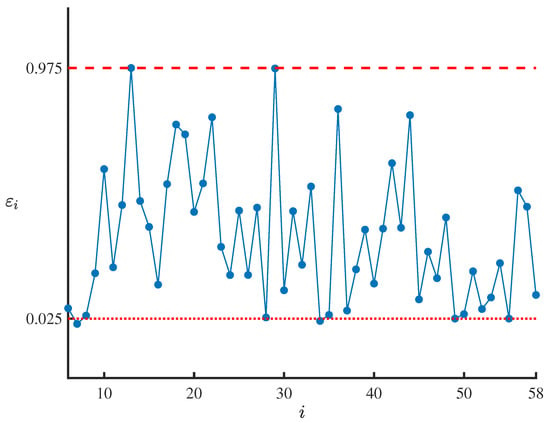-
 Foldable/Deployable Spherical Mechanisms Based on Regular Polygons
Foldable/Deployable Spherical Mechanisms Based on Regular Polygons -
 Bi-Symmetric Polyhedral Cages with Three, Four, Five or Six Connected Faces and Small Holes
Bi-Symmetric Polyhedral Cages with Three, Four, Five or Six Connected Faces and Small Holes -
 Emergence and Localization of Exceptional Points in an Exactly Solvable Toy Model
Emergence and Localization of Exceptional Points in an Exactly Solvable Toy Model -
 Machine Learning-Driven Conservative-to-Primitive Conversion in Hybrid Piecewise Polytropic and Tabulated Equations of State
Machine Learning-Driven Conservative-to-Primitive Conversion in Hybrid Piecewise Polytropic and Tabulated Equations of State -
 Transition of Natural Convection in Liquid Metal Within an Annular Enclosure with Various Angular Partitions
Transition of Natural Convection in Liquid Metal Within an Annular Enclosure with Various Angular Partitions
Journal Description
Symmetry
- Open Access— free for readers, with article processing charges (APC) paid by authors or their institutions.
- High Visibility: indexed within SCIE (Web of Science), Scopus, CAPlus / SciFinder, Inspec, Astrophysics Data System, and other databases.
- Journal Rank: JCR - Q2 (Multidisciplinary Sciences) / CiteScore - Q1 (General Mathematics )
- Rapid Publication: manuscripts are peer-reviewed and a first decision is provided to authors approximately 17.1 days after submission; acceptance to publication is undertaken in 2.8 days (median values for papers published in this journal in the first half of 2025).
- Recognition of Reviewers: reviewers who provide timely, thorough peer-review reports receive vouchers entitling them to a discount on the APC of their next publication in any MDPI journal, in appreciation of the work done.
- Testimonials: See what our editors and authors say about Symmetry.
- Journal Cluster of Mathematics and Its Applications: AppliedMath, Axioms, Computation, Fractal and Fractional, Geometry, International Journal of Topology, Logics, Mathematics and Symmetry.
Latest Articles
E-Mail Alert
News
Topics
Deadline: 30 November 2025
Deadline: 31 December 2025
Deadline: 6 January 2026
Deadline: 28 February 2026
Conferences
Special Issues
Deadline: 15 November 2025
Deadline: 30 November 2025
Deadline: 30 November 2025
Deadline: 30 November 2025



























